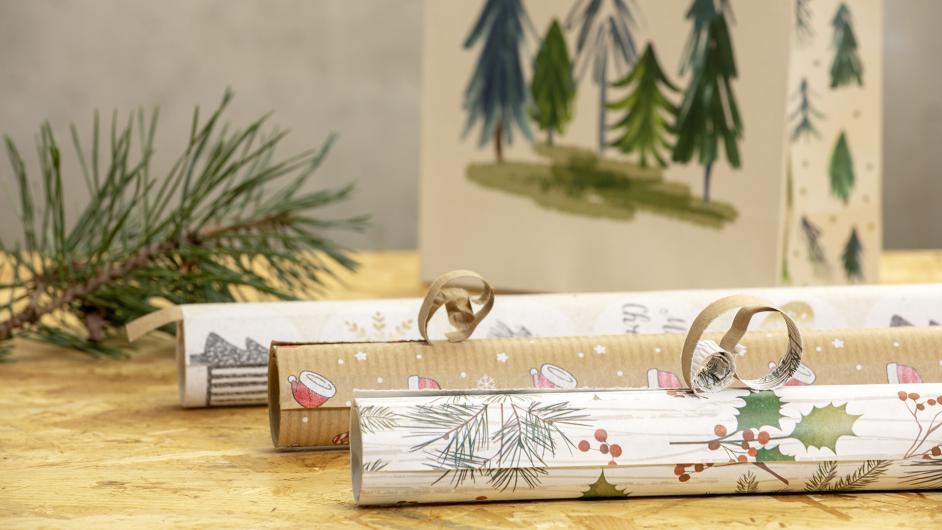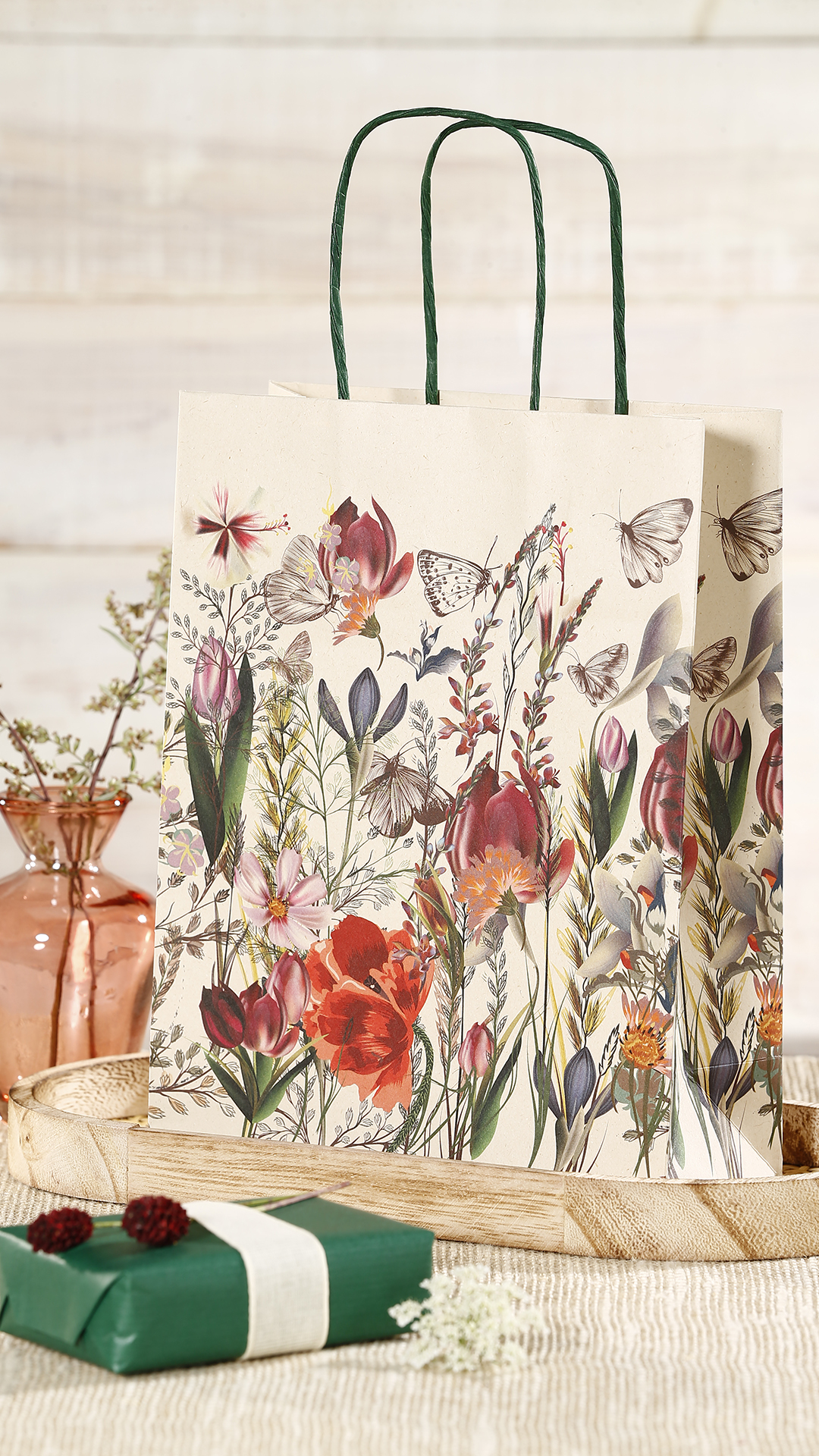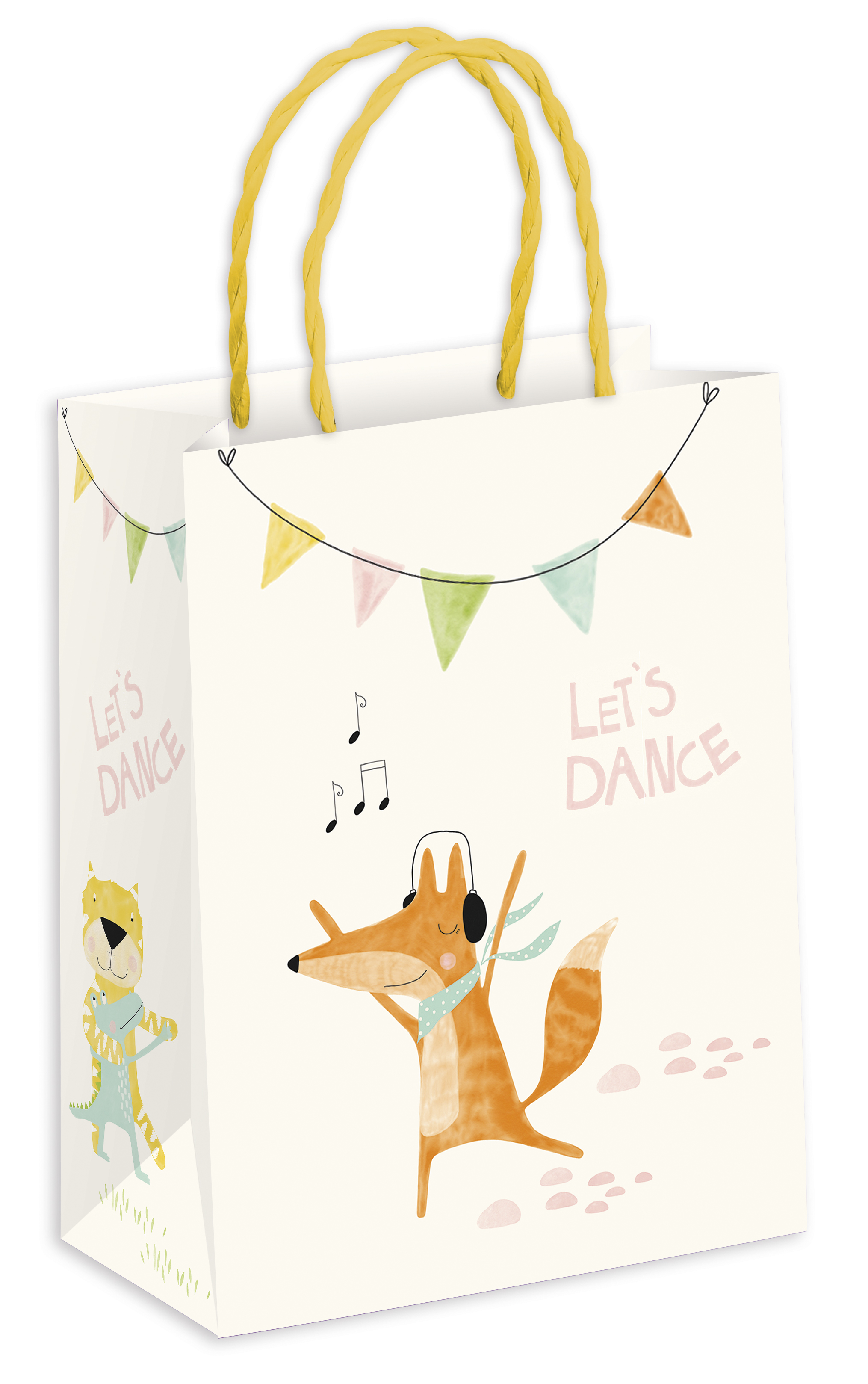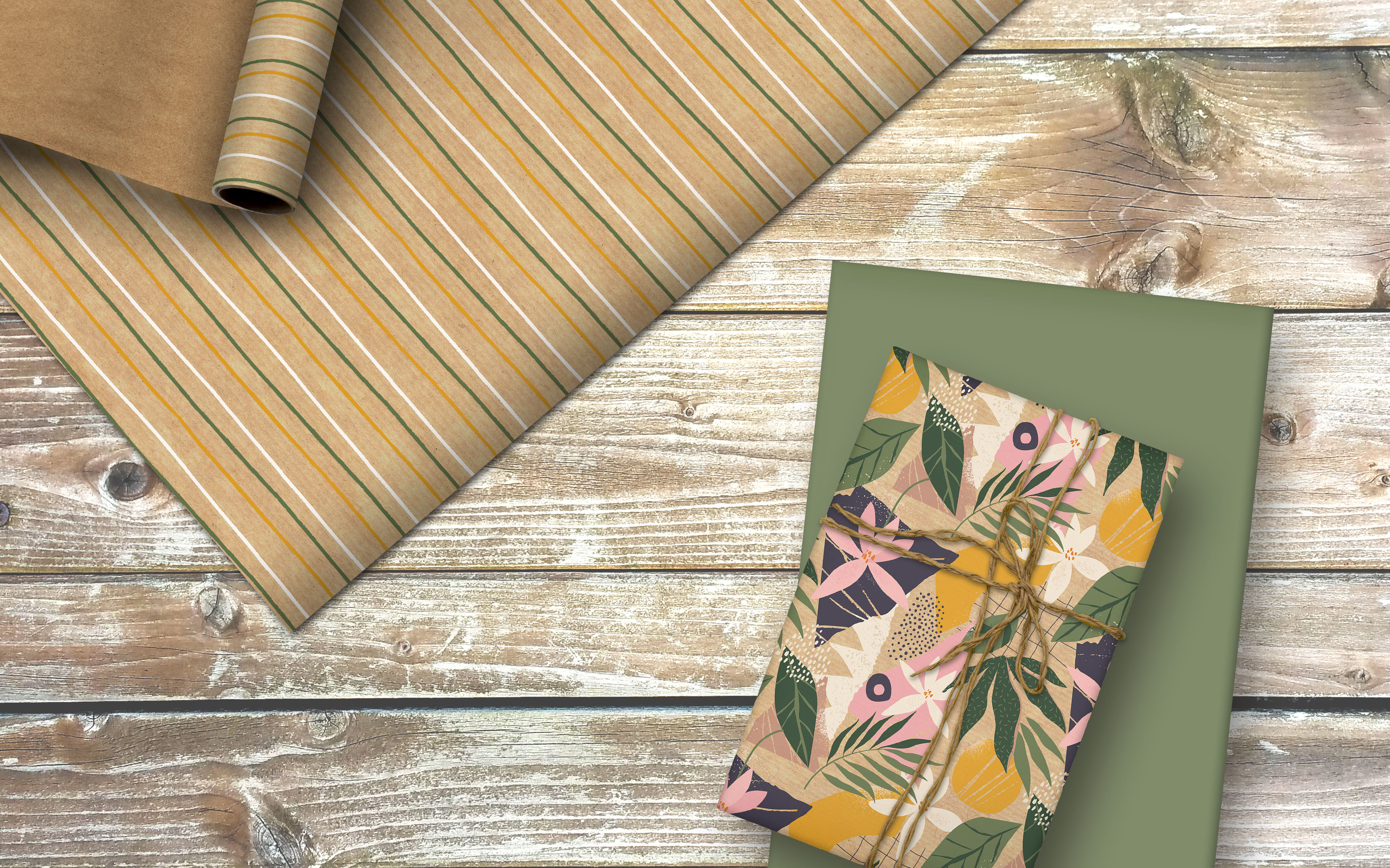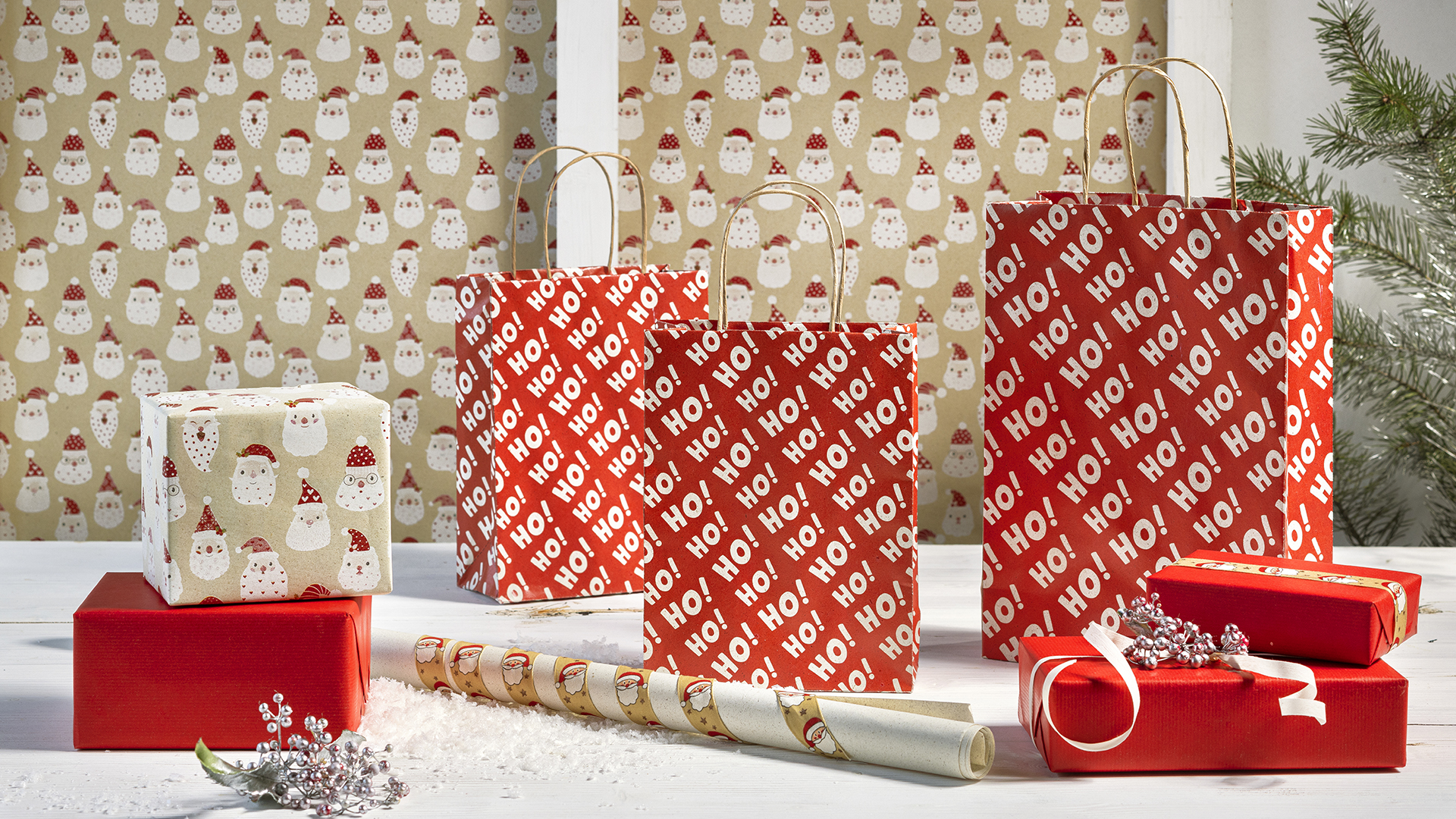Description
Foil-free: Our sustainable revolution!
Did you know?
When you buy a 2 meter roll (you can see the length of the paper on the label), for example, 2.15 meters are wound up.
Why not just use the traditional foil packaging?
Film packaging is the status quo. But we have rethought. And as a result, we also changed the packaging to paper. This can now also be disposed in paper waste and easily added to the recyclable material cycle. 100% recyclable, 100% plastic-free.
Whether paper or film, surely both can be recycled?
That’s right! And that’s a good thing. The only difference is that paper consists of the renewable raw material wood (the raw material of film is petroleum). The Forest Stewardship Council (FSC) is a non-profit organization that ensures sustainable forest use as well as the preservation and improvement of the economic, ecological and social functions of forestry operations. This means that only as many trees are felled as can grow back again. So look for the FSC logo when buying your paper products. Of course, ZOEWIE is also FSC-certified.
Giving 100% future – with gift packaging from ZOEWIE.
